How to grow potato seedlings?
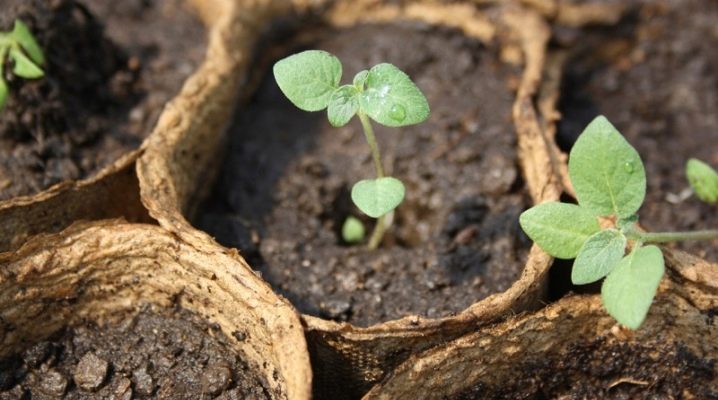
Potatoes are one of the vegetables that are almost always grown in a seedless manner. However, few people know that planting seedlings has many advantages. It is worth talking about the features of the technique in more detail.
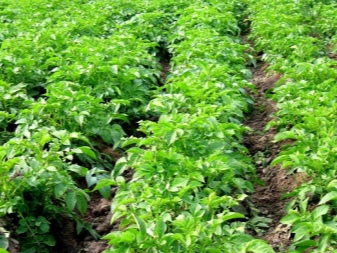

How to grow from seeds?
At home, potatoes can be grown from seeds. This method is good because it seriously increases the yield indicators. In addition, the taste of potatoes and its varietal characteristics are improved. The fruits ripen earlier. However, the seeds must be properly germinated and sown. If you do not follow the planting dates and its main features, you can not expect a high-quality harvest.
Seedling seeds can be purchased or harvested by yourself. It is best to choose early and medium-ripening varieties.... They buy them only from well-known manufacturers. The best option is a seed belonging to the elite and super-elite series. You need to take a lot, since potatoes have a low germination rate - a maximum of 40%. If you take your own seeds, then the collection of potatoes is carried out in August. It is recommended to use the grains for 2 or 3 years, then they will germinate even worse.
After the seeds are purchased, they should be prepared for planting.
- First, the grains are examined, choosing the healthiest among them.
- This is followed by treatment in a salt solution. 0.2 liters of water is taken, a tablespoon of salt is poured into the same place. The seeds are immersed in a container. The surfaced material is immediately discarded.
- The third stage is disinfection... Seeds can be pickled with commercial preparations, potassium permanganate or hydrogen peroxide. Also, for better germination, they can be treated with growth stimulants.
- At the fourth stage, the seeds are hardened and germinated.... You need to put the material on a napkin moistened with water and cover it with another one, also wet, on top. All this is then placed in a plastic container and closed. The lid is opened every day to allow air to flow to the seeds. At night, the container is stored in the refrigerator (2 degrees), during the day - in a warm place (about 23-25 degrees). The napkin should always be wet. The material is usually ready for sowing in a week.
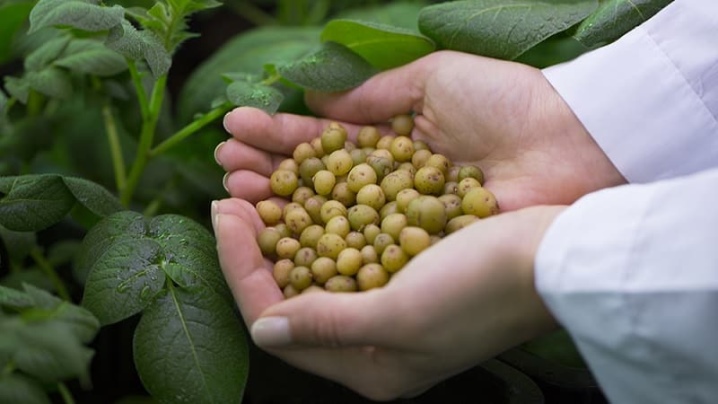
The soil is usually easy to prepare yourself. To do this, take:
- peat - 3 parts;
- humus - 1 part;
- garden land - 2 parts;
- sand - 1 part.
The earth must be disinfected by any of the available methods. You can also add vermiculite to it to increase friability. The containers are chosen small, drainage is organized at their bottom. If possible, it is better to plant each seed in a peat tablet, since the roots are weak, and because of this, the plants get stress when picking.
A distance of 5 cm is observed between the seeds, and 10 between the rows. It is not necessary to deeply deepen the grains, a maximum of 1.5 cm... The material is covered with earth or sand, sprayed from a spray bottle and covered with polyethylene. When the seeds germinate, the shelter is removed and the seedlings are placed in a place where the temperature will not drop below 18 degrees.
Seedling care classic:
- providing light - at least 10 hours a day;
- watering - every 4 days;
- flipping containers upside down on a weekly basis;
- timely feeding;
- hardening - 9-11 days before disembarkation.
You need to plant sprouts that are 50-55 days old. Each of them should already have 5 healthy leaves.
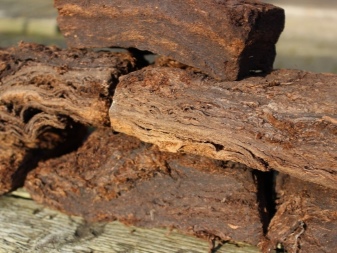
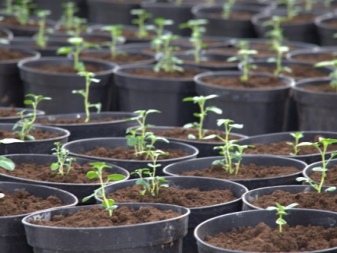
Growing from tubers
At home, seedlings can be grown not only from seeds, but also from potato tubers. The first step is to germinate them.
- The tubers need to be washed well with running water and immersed in a weak pink manganese solution for a quarter of an hour.... Then the seed is treated with growth stimulants.
- Further, the tubers are taken out into a room where the air temperature is 25 degrees. They should be left there for a couple of days.
- The next stage is the placement of tubers in wooden boxes and taking them to a lighted room... At the same time, they should not be exposed to direct sunlight. Indoor air temperature - from 18 to 20 degrees. The residence time of tubers in it is 10 days.
- After this time, the temperature is brought to 14-16 degrees... Tubers in this environment remain for another 14 days.
This completes the preparation of the tubers, and they can be planted. For this, containers with a size of 0.4x0.6 m are taken, inside which it is advisable to make plywood partitions. The resulting plots should have dimensions of 0.1x0.1 m. This will avoid tangling of seedling roots. Three tablespoons of wood ash and one of fertilizers for vegetable crops are added to the prepared substrate.
Next, the planting process itself begins. A three-centimeter layer of soil is laid out in areas partitioned off with plywood, then 1 tuber is placed and the potatoes are covered with earth. The substrate layer is five centimeters. From time to time, the potatoes are sprayed with warm water from a spray bottle. When shoots appear, make a urea solution, stirring 8 grams of this product in a liter of liquid.
The resulting composition is also sprayed from a spray bottle. Plants are planted in the ground after about 21 days.

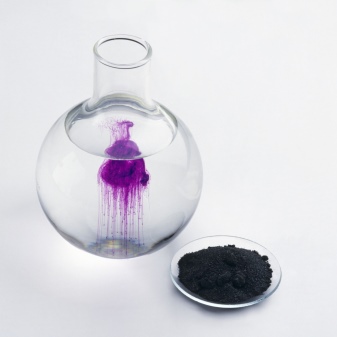
Sprout seedlings
This is the third way you can sprout potatoes for seedlings. First you need to select good, even tubers. They should be medium in size, it is impractical to take specimens less than 60 grams in weight. The tubers selected for germination are taken out into an unlit room, the temperature in which is brought to an indicator of 18 degrees Celsius. They will have to stay there from 14 to 21 days. Then the seed is transferred to an area illuminated by the sun (without direct contact) for 15 days. The temperature here should be 20 degrees. The last preparatory stage is re-placement in the dark zone. There the tubers will lie for another 10 days.
After this time, thick and long shoots should appear on the potatoes. They are carefully cut and then divided into parts. Each part must necessarily contain a central kidney. The strips are wrapped in a damp cotton material, then placed in a container, the top of which is tightened with polyethylene. They are placed in the light, maintaining the temperature at 22 degrees.
After the appearance of the roots, they are planted in the soil. You will have to take care of such plantings in a standard way.
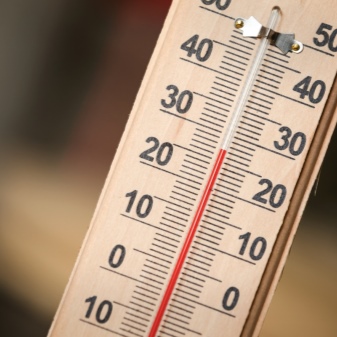

How to plant in open ground?
When the seedlings are ready, they need to be transplanted into open soil, because potatoes cannot be grown in pots forever. Let's see how to do it right.
- The place for disembarkation is selected sunny, no strong winds and close to the surface of the soil groundwater.
- The landing site should be prepared in the fall.... It must be removed and dug up, as well as provided with all the necessary fertilizers. The following top dressing is applied per square meter of soil: humus (5 l), superphosphate (40 g), potassium nitrate (25 g).
- Potato seedlings are planted in early May. The depth of the planting hole is about 0.1 m. But the bottom needs to be put in a little humus and wood ash. They also put onion husks there: at the initial stages, it will scare off harmful insects.
- The distance between the planting holes is 0.3 m, and the row spacing will be 0.6 m. The sprouts are placed in the holes so that a third of the shoots remain above the ground.
- The planted bushes are tightened on top with polyethylene. It will be possible to remove it only after stable warming, when you know for sure that the night frosts have passed.
After disembarking, the summer resident must carry out standard care procedures:
- watering;
- hilling;
- loosening and weeding of the soil;
- making dressings;
- preventive protection against diseases and harmful insects.
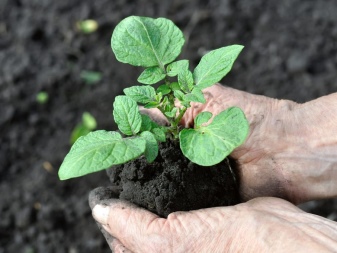
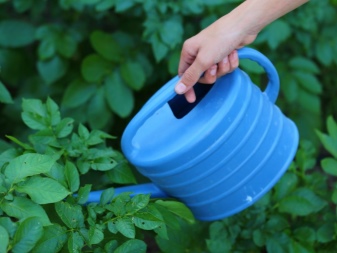













The comment was sent successfully.